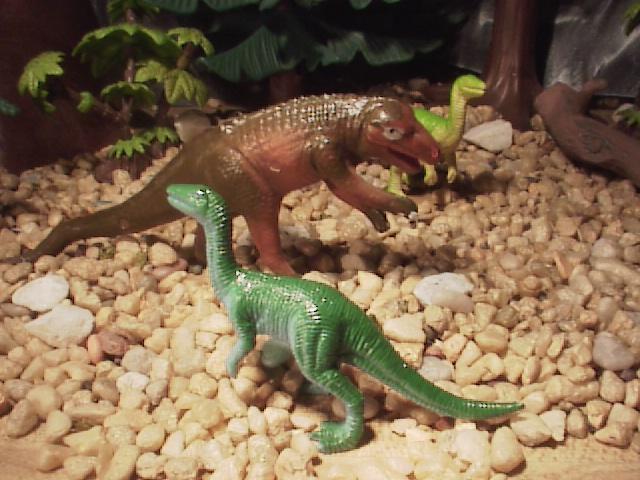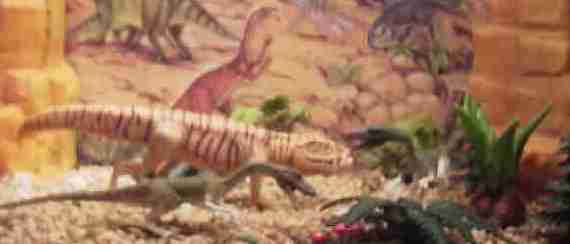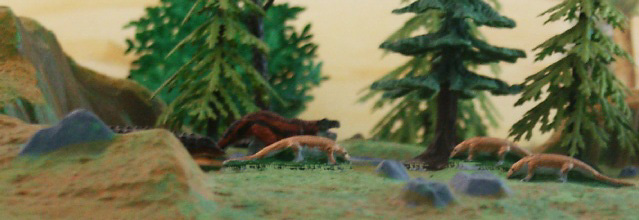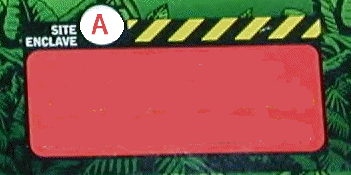Scotland
Lossiemouth Quarry has yielded the largest range and largest numbers of fossil specimens of Late Triassic reptiles in Britain. The fauna is unique in the northern hemisphere in its strong similarities to faunas from South America. There are 5 species unique to Lossiemouth. These forms without clear relatives elsewhere in the world, and they have yielded important information with regard to the evolution and relationships of early dinosaurs and their ancestors.
Updated 091612

Coelophysids were once considered to be only represented by a few species but finds of animals like Camposaurus, Eucoelophysis and Procompsognathus show many different members of the family lived in the same places at about the same time.

Ornithosuchus (bird crocodile) was 14 feet long and once considered an early dinosaur, now as an advanced archosaur closely related to the dinosaurs. It could walk upright but probably usually moved on all fours. Its hips, toes and back armor were primitive, but the skull quite advanced.

The small to medium hebrivores are ateosaur Stagonolepis and rhynchosaur Hyperodapedon.
From Scotland Saltoposuchus (Leaping Crocodile) at about 3 - 4 feet, a small, long-tailed, bipedal animal that for a long time was thought by some to have been close to the ancestry of the dinosaurs. This idea was prompted by the fact that Saltoposuchus and a few related contemporaries were among the first animals to achieve bipedal stance and gait -- that is, to be able to stand and move on two legs. Bipedal locomotion was first really perfected in some of the early dinosaurs; hence the presumed connection with Saltoposuchus. New studies, however, indicate that this animal may belong to a group of primitive crocodilians.
